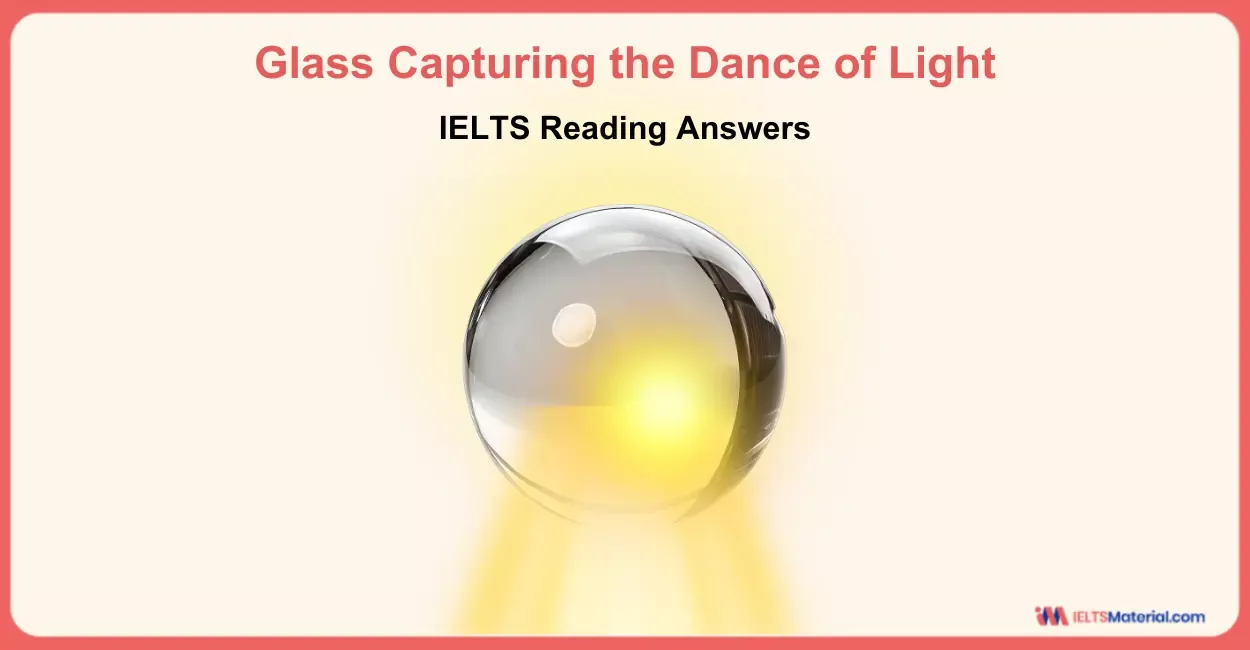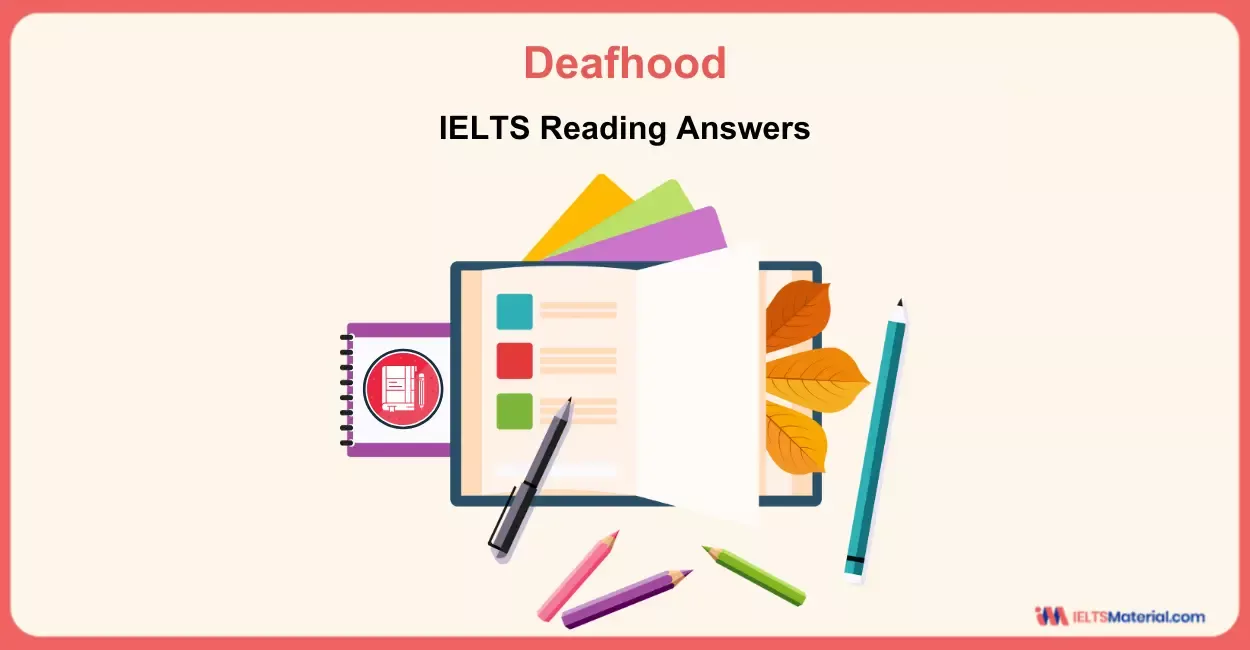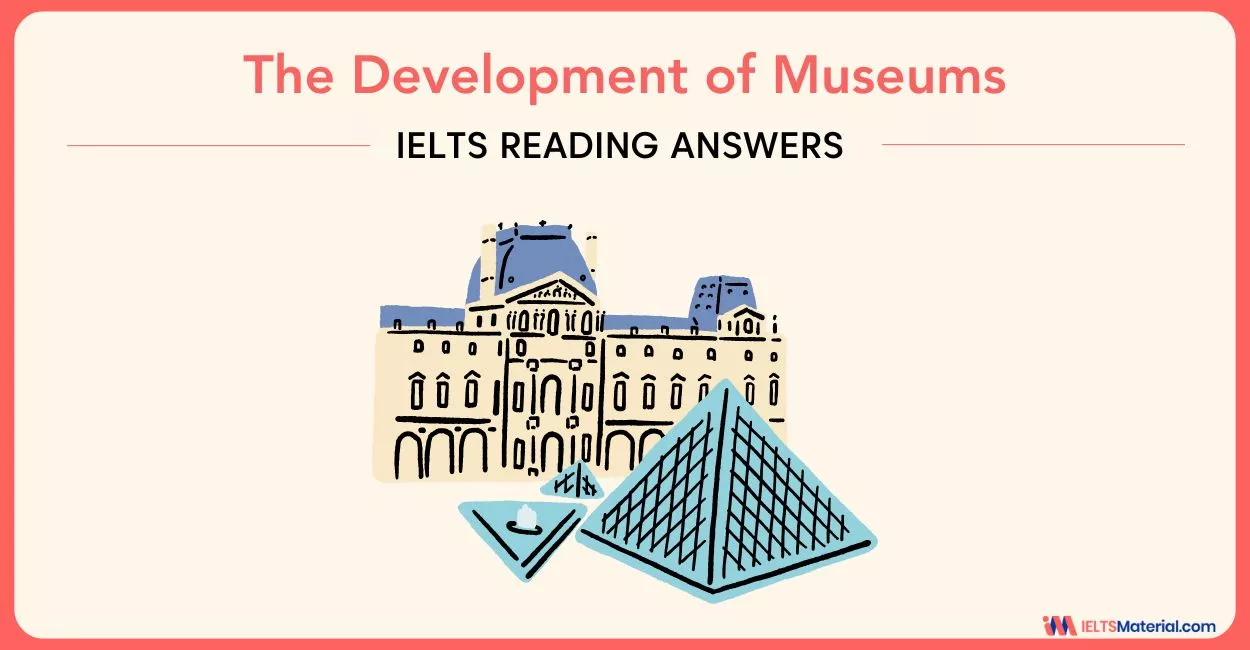The Development of Museums IELTS Reading Answers
10 min read
Updated On
-
Copy link
Prepare for IELTS with The Development of Museums IELTS Reading Answers to improve your reading score. Find out how to handle different types of IELTS Reading questions, along with answers and explanations, and get ready to achieve your desired score.
Table of Contents

Limited-Time Offer : Access a FREE 10-Day IELTS Study Plan!
Finding the right answer in IELTS Reading often starts with finding the right keywords. However, keywords are provided in different ways - some are too common, others are paraphrased, and a few are hidden in tricky formats. To master the art of identifying the right keywords, it is important to practice reading samples from the best IELTS Reading books, like ‘The Development of Museums’ IELTS Reading Answers.
Take the practice test, The Development of Museums, below, and try more IELTS reading practice tests. We have provided explanations, locations for the answers, and tips to help you handle the three different types of reading questions here.
Questions & Passage for The Development of Museums IELTS Reading Answers
The passage, The Development of Museums Reading Answers, consists of 14 questions, which showcase three different IELTS Reading question types. They are:
- IELTS Reading Matching Headings (Q. 1-4)
- IELTS Reading Multiple Choice Questions (Q. 5-10)
- IELTS Reading True False Not Given (Q. 11-14)
Now go through the passage for ‘The Development of Museums’ Reading Answers given below, and be prepared to solve similar IELTS Reading topics for General and Academic for the reading section.
You should spend about 20 minutes on Questions 1-14, which are based on the reading passage below.
The Development Of Museums







Learn quick methods to conquer IELTS Academic Reading passages within 20 minutes.
Join our FREE IELTS webinars!
The Development of Museums IELTS Reading Answers with Location and Explanation
In this section, you will find all the answers as well as the location of each answer in the passage and the keywords that help you locate the answers. Check out 'The Development of Museums' answers and assess your improvement for a high IELTS band score.
Unlock Answers
| Question number | Answer | Explanation |
|---|---|---|
| 1 | ii | In the first sentence of paragraph B, the author introduces the changing attitudes towards history and how the way it should be presented have altered. While the re-enactment of historical events on so-called heritage sites is increasingly becoming popular, which is a positive reaction, such developments have been criticised as an intolerable vulgarisation (criticism). It is also added that the success of many historical theme parks and similar locations suggests that the majority of the public does not share this opinion. So, it can be said that there are mixed opinions about the changes in museums. Hence, the answer is ii (Mixed views on current changes to museums). |
| 2 | vi | Paragraph C points out that the sharp distinction between museum and heritage sites and theme parks is gradually evaporating (is being reduced or is becoming less). They already borrow ideas and concepts from one another. For example, museums have adopted story lines for exhibitions, sites have accepted ‘theming’ as a relevant tool, and theme parks are moving towards more authenticity and research-based presentations. So, it can be said the differences between public attractions like theme parks and museums are becoming less. Hence, the answer is vi (Fewer differences between public attractions). |
| 3 | i | Paragraph D brings out the fact that theme parks are undergoing other changes which is a response to market forces. They are also operating in a very competitive environment. As a result of which, heritage and museum experts or those who are professionally engaged in the art of interpreting history (people in charge) are in a difficult position (pressure), as they must steer a narrow course between the demands of ‘evidence’ and ‘attractiveness’, especially given the increasing need in the heritage industry for income- generating activities (commercial). Hence, the answer is i (Commercial pressures on people in charge). |
| 4 | iii | Paragraph E claims that in order to make everything in heritage more ‘real’, historical accuracy must be increasingly altered. For example, Pithecanthropus erectus is depicted in an Indonesian museum with Malay facial features, because this corresponds to public perceptions. If the professionals did not provide the interpretation, visitors would interpret for themselves based on their own ideas, misconceptions and prejudices. And no matter how exciting the result, it would contain a lot more bias than the presentations provided by experts. So, to please and attract the visitors, professionals must provide facts in such a way that they interest the public. Hence, the answer is iii (Interpreting the facts to meet visitor expectations). |
| 5 | B | Paragraph A mentions that museums used to look (refers to the past) much like storage rooms of objects packed together in showcases which was good for scholars who wanted to study the subtle differences in design, but not for the ordinary visitor (public), to whom it all looked alike. Moreover, the content and format of explanations dated back to a time when the museum was the exclusive domain of the scientific researcher. Therefore, in the past, museums were not meant for the public. Hence, the answer is B (were not primarily intended for the public). |
| 6 | A | Paragraph B states that the key word in heritage display is now ‘experience’, which refers to personal involvement. Moreover, the re-enactment of historical events on so-called heritage sites is becoming increasingly popular (the emphasis in growing), and computers will soon provide virtual reality experiences, which will present visitors with a vivid image of the period of their choice, in which they themselves can act as if part of the historical environment. This provides them with personal experience and they feel involved in the process. Hence, the answer is A (emphasise personal involvement). |
| 7 | A | In paragraph C, the writer says that the sharp distinction between museum and heritage sites on the one hand, and theme parks on the other, is gradually evaporating. They already borrow ideas and concepts from one another and work in close partnership. Hence, the answer is A (often work in close partnership). |
| 8 | D | Paragraph D indicates that those who are professionally engaged in the art of interpreting history (experts) are thus in a difficult position, as they must steer (balance) a narrow course between the demands of ‘evidence’ and ‘attractiveness’ (conflicting priorities). Hence, the answer is D (have to balance conflicting priorities). |
| 9 | C | Paragraph E communicates that the Museum of Natural History in Washington, Neanderthal man is shown making a dominant gesture to his wife. According to the writer, such presentations (museum exhibits) tell us more about (reveal more about) contemporary perceptions (present beliefs) of the world than about our ancestors (the past). Hence, the answer is C (reveal more about present beliefs than about the past). |
| 10 | B | Paragraph F explains that human bias (our view of history is biased) is inevitable as the representation of history has to do with the transitory nature of the materials. The simple fact is that not everything from history survives the historical process, which means that only very durable objects remain from the past. Hence, the answer is B (only very durable objects remain from the past). |
| 11 | FALSE | The first sentence of paragraph D presents that theme parks are undergoing other changes, too, as they try to present more serious social and cultural issues, and move away from fantasy. So, even if the consumers are preferring theme parks, it is not because they are avoiding serious issues, but because they are presenting them. As the statement contradicts the information, the answer is ‘FALSE’. |
| 12 | NOT GIVEN | In paragraph D, it is given that museums and heritage sites have a special, rather distinct, role to fulfil, and yet, they are also operating in a very competitive environment, where visitors make choices on how and where to spend their free time. There is no reference to the fact that visitors prefer museums over theme parks. Hence, the answer is ‘NOT GIVEN’. |
| 13 | FALSE | Paragraph F compares and tells that in a town like Leyden in Holland, which in the seventeenth century was occupied by approximately the same number of inhabitants as today, people lived within the walled town, an area more than five times smaller than modern Leyden. This means that the number of people remained unchanged since the 17th century, but the area/boundary of the town has increased upto five times, which is not little. As the statement contradicts the information, the answer is FALSE. |
| 14 | TRUE | The first sentence of paragraph E informs that in order to make everything in heritage (artefacts or other relics kept in museums) more ‘real’, historical accuracy must be increasingly altered. So, it proves that the authenticity of the information in museums is sometimes altered to give false impressions. Moreover, at the end of paragraph F, it is added that people who stroll around exhibitions are filled with nostalgia; the evidence in museums indicates that life was so much better in the past (impression about how life used to be). This notion is induced by the bias in its representation (false impression) in museums and heritage centres. As the statement agrees with the information, the answer is ‘TRUE’. |
Book FREE IELTS online classes with our IELTS experts to learn more tips and techniques of IELTS Reading!
Tips for Answering the Question Types in the ‘The Development of Museums’ IELTS Reading Passage
Given below are some IELTS exam preparation tips for band score of 8+ by helping you answer the types of questions in the ‘The Development of Museums’ Reading passage.
Matching Headings to Paragraphs
- Read the paragraph first: Do not look at the list of headings first. Instead, carefully read the entire paragraph (B–E) and try to summarise it in your own words.
- Identify the main idea (Not Just Details): Ask yourself about the main idea of the paragraph you are going through. Avoid being distracted by examples or supporting details.
- Look for contrasts, opinions, or changes: These often indicate what the writer is focusing on. For example, ‘mixed views’ or ‘increasing popularity but also criticism’ suggest a contrast.
- Use the process of elimination: Some headings will obviously not fit, then cross them out. If two headings seem similar, find the more precise one.
- Be aware of trap choices: A paragraph might mention a theme, but that doesn't mean it's the main idea. So, match the theme, not just the content.
- Watch for headings with abstract words: Words like ‘pressures’, ‘dimension’, or ‘expectations’ hint at broader ideas. Relate them back to what the paragraph explains, not just mentions.
- Underline key sentences: Often, the first or last sentence of a paragraph gives you a clue to the central idea. So, do not forget to mark the key word/s for quick reference.
Multiple Choice Questions
- Read the question first: Before reading the passage, read the question and all four options. This prepares your brain to look for relevant information.
- Find keywords in the question: Identify words or phrases that are unique to that question (e.g., ‘today’s museums’, ‘minority tastes’, ‘commercial constraints’).
- Skim and then scan: Skim the passage to find the paragraph that discusses the topic, then scan it carefully for the answer.
- Beware of distractors: All four choices may include information found in the passage, but only one is directly supported by the text in relation to the question.
- Look for paraphrased ideas or synonyms: The correct answer will often use different words than the passage. Focus on meaning, not matching words.
- Check logic and tone: Eliminate answers that are too extreme or go beyond what the passage states.
- Verify your answer with evidence: Do not guess based on memory. Always go back to the passage and confirm with a sentence or idea.
True / False / Not Given
- Read the statement word by word: Look at each word carefully. If even one key word or idea is incorrect or exaggerated, the answer may be FALSE.
- Locate the section of the passage: Use keywords to locate where this topic is mentioned in the passage.
- Don't make assumptions: Only base your answer on what is directly stated in the text. Do not use your background knowledge or logical guesses.
- For ‘NOT GIVEN’, be precise: If part of the statement is in the text but the crucial detail is missing, it’s NOT GIVEN. These are the trickiest, so look closely.
- Underline contradictions: If a statement seems opposite to what’s in the text, mark that sentence in the passage to justify choosing FALSE.
Finally, reading samples from IELTS recent actual tests, such as The Development of Museums IELTS Reading Answers, is crucial. Through them, you will improve your reading speed, identify your areas of weakness, and become familiar with different types of reading questions. Therefore, keep taking these tests and you will get the results you desire.
Useful Links:
- The Meaning And Power Of Smell Answers
- Land Of The Rising Sun Answers
- The Motor Car Answers
- The Truth About The Environment Answers
- Moles Happy As Homes Go Underground Answers
- Robots Reading Answers
- How to Complete IELTS Reading in Less than an Hour?
- Useful IELTS Reading Articles, Website Resources and Material for Academic and General Training
Practice IELTS Reading based on question types

Start Preparing for IELTS: Get Your 10-Day Study Plan Today!
Explore other Reading Practice Tests

Nehasri Ravishenbagam

Nehasri Ravishenbagam

Kasturika Samanta

Kasturika Samanta
Recent Articles

Nehasri Ravishenbagam

Haniya Yashfeen

Haniya Yashfeen

Haniya Yashfeen




Post your Comments